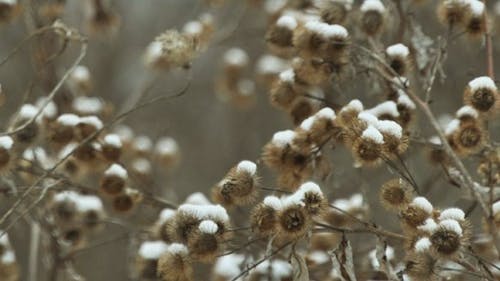Rutgers research professor brings new perspective to issue of global warming

For an allegedly warming global climate, the past two winters have been remarkably frigid across the country, leading some meteorologists to conclude that climate change must mean more extreme cold during the winters.
However, not all are in agreement with this theory. Through computer model simulations, two new studies collected evidence to suggest the recent abnormally chilly winters are an anomaly — temperatures should become consistently warmer with the rise in Arctic temperatures.
Jennifer Francis, a research professor in Rutgers’ Institute of Marine and Coastal Sciences, focuses on how and why the Arctic has changed, in particular the role of the atmosphere in driving sea-ice loss.
Most recently, she said, her research has looked into how the rapidly warming Arctic is affecting weather patterns in mid-latitudes.
Though warmer winters may disrupt parts of the ecosystem, Francis claims that they are not as negative as one might believe.
“Warmer winters on average are not bad — it will save energy and reduce cold-related illnesses, snow and ice-related accidents and general discomfort,” she said.
In a recent article on the findings of her own recent study, which was published in Environmental Research Letters, Francis explains that the polar “jet stream,” or a “fast river of wind up where jets fly that circumnavigates the northern hemisphere,” has had significant influence on weather patterns as of late.
The jet stream, which normally circulates in a straight path, has shifted its travel in north-south waves, creating a pattern that bulges north that meteorologists call the “Ridiculously Resilient Ridge.”
“In the east, we’ve seen its southern-dipping counterpart, which I call the ‘Terribly Tenacious Trough,'” Francis said. “These long-lived shifts from the polar jet stream’s typical pattern have been responsible for some wicked weather this winter, with cold arctic winds blasting everywhere from the Windy City to the Big Apple for weeks at a time.”
Authors of the two new studies, featured in the Journal of Climate and the Bulletin of the American Meteorological Society (BAMS), say theory backs their findings, with the Journal of Climate study concluding that “Arctic amplification of global warming leads to even less frequent cold outbreaks in Northern Hemisphere winter than a shift toward a warmer mean climate complies by itself.”
“The waviness of the jet stream that makes our day-to-day weather does not change much,” wrote lead author of the Journal of Climate study, Tapio Schneider.
Contrary to the mainstream belief, episodes of continuous “polar vortex” winter weather like the one seen in January 2014 will progressively decrease over time, according to the BAMS study.
“Continued Arctic sea ice loss is a major drive of decreased — not increased — North American cold extremes,” the study said.
Francis echoed the study’s pushing back against extreme cold increasing with global climate change, but added that instances could become more stubborn.
“It is expected that fewer cold records will be broken, so by that measure, winters should become less severe,” she said. “However, our research suggests that cold spells will become more persistent, so even though the coldest temperatures will be less severe, long cold periods will be just as uncomfortable.”
Stephen Vavrus, a researcher from the University of Wisconsin-Madison who collaborated with Francis on her study, told Rutgers Today that one challenge the new study confronts is measuring the extent and strength of the jet stream waves.
To present an alternate gauge of temperature layer thickness in higher in the atmosphere in the study, Francis and Vavrus used a traditional measure of surface air temperature changes between Arctic regions and lower altitudes.
“To study the effects of Arctic change on weather patterns, we have good measurements of atmospheric temperatures and winds going back to the late 1970s, when satellites started providing data and pretty good measurements back to the late 1940s,” Francis wrote in her article, “A melting Arctic and weird weather: the plot thickens.”
Overall, Francis’ study as well as the the two studies from BAMS and the Journal of Climate point toward a future where rapid Arctic warming’s influence on the jet stream continues to create changes in weather patterns.



